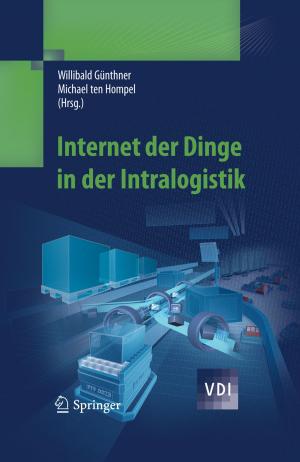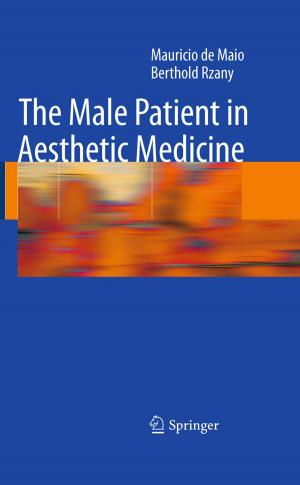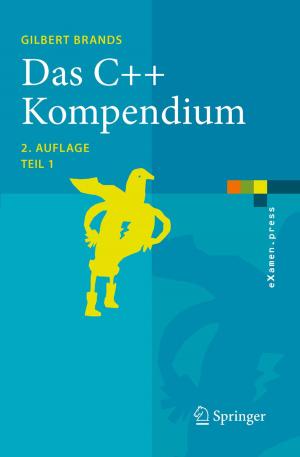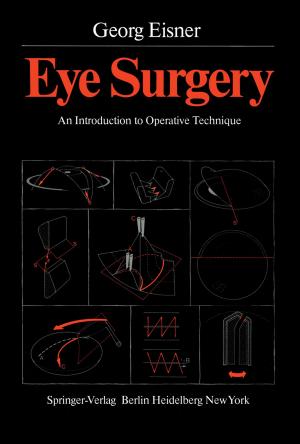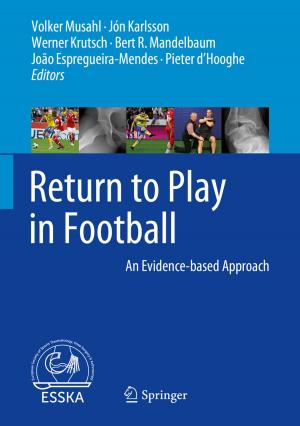Local-spinal Therapy of Spasticity
Nonfiction, Health & Well Being, Medical, Patient Care, Pain Medicine, Specialties, Internal Medicine, Neurology| Author: | ISBN: | 9783642729546 | |
| Publisher: | Springer Berlin Heidelberg | Publication: | December 6, 2012 |
| Imprint: | Springer | Language: | English |
| Author: | |
| ISBN: | 9783642729546 |
| Publisher: | Springer Berlin Heidelberg |
| Publication: | December 6, 2012 |
| Imprint: | Springer |
| Language: | English |
Historical photograph of spinal anaesthesia In 1884 the American neurologist J. L. eases. His discovery, however, marks the Corning, by blocking the neural con onset of the era of regional anaesthesia. It took almost one hundred years until his duction to the hind extremities of a dog by injecting cocaine-solution into the lumbar original idea of "local medication of the vertebral interspace, was the first to per cord" was again reconsidered due to two form spinal (or epidural?) anaesthesia [1]. reasons: At that time, he was unaware of the local I. The discovery of different drug receptors anaesthetic properties of cocaine (dis in the spinal cord made it possible, by in covered in the same year by C. Koller, who trathecal injection (or epidural appli cation, if the drug penetrates the dura), applied cocaine to the eye of one of his pa tients [3]) and did not intend to introduce to alter nociceptive or motor transmis an anaesthetic procedure. Corning's pri sion within the spinal cord. mary aim was the application of drugs in 2. Implantable devices for long-term appli proximity of the central nervous system, i. e. cation of drugs to specific sites of the spinal cord, in order to treat or even heal body, including the spinal spaces, were developed during the 1970's.
Historical photograph of spinal anaesthesia In 1884 the American neurologist J. L. eases. His discovery, however, marks the Corning, by blocking the neural con onset of the era of regional anaesthesia. It took almost one hundred years until his duction to the hind extremities of a dog by injecting cocaine-solution into the lumbar original idea of "local medication of the vertebral interspace, was the first to per cord" was again reconsidered due to two form spinal (or epidural?) anaesthesia [1]. reasons: At that time, he was unaware of the local I. The discovery of different drug receptors anaesthetic properties of cocaine (dis in the spinal cord made it possible, by in covered in the same year by C. Koller, who trathecal injection (or epidural appli cation, if the drug penetrates the dura), applied cocaine to the eye of one of his pa tients [3]) and did not intend to introduce to alter nociceptive or motor transmis an anaesthetic procedure. Corning's pri sion within the spinal cord. mary aim was the application of drugs in 2. Implantable devices for long-term appli proximity of the central nervous system, i. e. cation of drugs to specific sites of the spinal cord, in order to treat or even heal body, including the spinal spaces, were developed during the 1970's.



